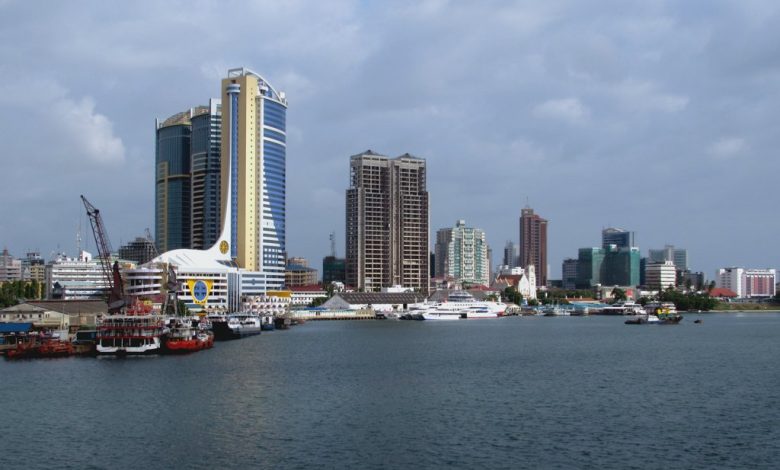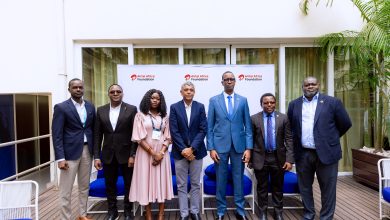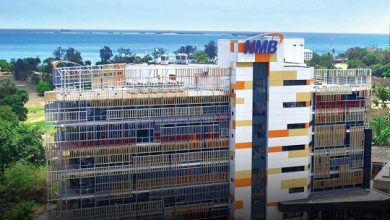Pathways to 1 trillion US dollars economy in DV 2050

AS an economic analyst advising both public and private sector players, I take a closer look at Tanzania’s DV2050 blueprint—particularly the funding options that could propel the economy toward its 1.0 trillion US dollars target.
This reflection highlights the financing mechanisms most capable of supporting government efforts to achieve these ambitious goals and, ultimately, to build an economy that benefits all wananchi.
For those who have engaged with the DV2050 dossier, the message is clear: Tanzania aspires to raise its economy to 1.0 trillion US dollars by mid-century—a bold leap from the current 80 billion US dollars.
Reaching this milestone demands more than traditional approaches; it requires a multifaceted and innovative financing strategy that fully leverages the nation’s strategic regional position.
While some within government may view existing approaches as sufficient, it remains essential to contribute fresh insights that could boost productivity and unlock greater economic potential. The end goal must be an economy supported by the right investments and financial products, delivering inclusive growth.
At this juncture, especially as the country prepares to elect new members of parliament, some of whom will shape future economic policy—it is vital to weigh the full range of financing mechanisms.
Among them, Public-Private Partnerships (PPPs) stand out as particularly significant, offering a practical way to mobilise resources, spur investment and accelerate progress toward the DV2050 vision.
The National Vision 2050 outlines a thirty-year roadmap to transform Tanzania into an upper-middleincome economy, targeting 1.0 trillion US dollars GDP and 7,000 US dollars per capita income by 2050.
ALSO READ: PPPs: Leveraging private investment for development
Central to this ambition is the role of PPPs in mobilising private capital, improving project delivery and easing fiscal pressure on government. If well designed, PPPs can drive growth across vital sectors: Infrastructure— roads, railways, ports and energy; social services— health, education and water; and technology-led initiatives that enhance competitiveness.
To succeed, however, Tanzania must strengthen institutional frameworks, enforce contracts diligently and cultivate an investorfriendly climate that builds trust among both domestic and international stakeholders. Secondly, one must consider how capital markets, private equity and venture capital will be viewed and used throughout the journey to 2050.
Vision 2050 emphasises that the expansion of Tanzania’s capital market has the potential to attract private equity and venture capital, especially in highgrowth and innovative sectors.
This source of funding provides the benefit of diversifying financial sources while fostering innovation at the enterprise level and supporting industrial growth. Thirdly, development finance and support from Development Finance Institutions (DFIs) will play a critical role.
In December 2023, the World Bank provided 750 million US dollars through development policy financing to advance private-sector reforms and climate resilience, alongside 385 million US dollars for urban infrastructure in Dar es Salaam.
These commitments demonstrate how well-structured financing can directly support transformation. Regional banks such as the African Development Bank (AfDB) should be strategically leveraged to extend loans and guarantees, particularly for major infrastructure projects like the Tanzania–Burundi SGR.
Equally, institutions such as the Asian Infrastructure Investment Bank (AIIB) and the Islamic Development Bank (IsDB) which together have pledged over 6.1 billion US dollars under Mission 300 for Africa’s electrification, including Tanzania illustrate the scale of opportunities available if we position ourselves effectively.
Fourthly, bilateral and multilateral arrangements will continue to shape financing. South Korea, for instance, has pledged 2.5 billion US dollars in concessional loans over five years, focusing on clean energy, minerals and ocean resource development.
Meanwhile, China through the Forum on China-Africa Cooperation (FOCAC) remains a key partner, with credit lines, technical assistance and investments in industrial parks, digital infrastructure, green development and rural modernisation.
ALSO READ: Dominance of 10,000/- bills tests economy
How we use these channels will be central to achieving the 1.0 trillion US dollars ambition. The Sovereign Wealth Fund—Natural Gas Revenue Fund (NGRF) founded in 2015, also provides a longterm financial safeguard. Managed strategically, revenues from natural gas could support investment, stabilisation and future development, ensuring that today’s resources fuel tomorrow’s prosperity.
Equally, green bonds and climate finance present untapped opportunities. Tanzania has begun exploring these instruments to attract international capital into sustainable infrastructure and climate-smart projects. Yet, efforts must intensify. Development banks such as TIB should spearhead this innovative financing drive to ensure credibility and scale.
Domestically, revenue mobilisation and the Integrated National Financing Framework (INFF) deserve closer attention. A stronger tax system—VAT, income tax, property tax and customs—combined with tighter anti-evasion measures and a broader tax base, will provide stable internal resources.
Finally, new tools such as Special Purpose Vehicles (SPVs) and viability gap funds will help attract private investment. Building national capacity to prepare bankable projects and engage in high-level negotiations is essential for securing financing that aligns with the country’s long-term development aspirations.
The sectors of domestic revenue mobilisation and the integrated financing framework require careful consideration and continuous review. To reach a trillion-dollar economy, the country must implement an Integrated National Financing Framework (INFF) that concentrates on improving tax systems, including VAT, income tax, property taxes and customs duties.
It is essential to strengthen anti-evasion measures and broaden the tax base. Furthermore, establishing Special Purpose Vehicles (SPVs) and viability gap funds will be vital for attracting investment. It is essential to initiate a process to improve our ability to develop sustainable projects and pursue strategic borrowing by leveraging the expertise of local professionals across various industries and specialised sectors.
In this context, strengthening our capabilities is crucial to enable our individuals to participate in agreements and negotiations actively. Although progress in areas such as infrastructure, health, education, energy and housing has been limited, the organisation of public-private partnerships in the country, especially in the effort to build such economy, exhibits a positive trend.
DV2050 relies on strong public-private partnership (PPP) models to reduce government burdens and drive private-sector innovation. Structures such as build-operate-transfer, build-own-operate-transfer and design-build-finance-operate can effectively advance the country’s development goals.
Through these partnerships, the government can attract private investment while safeguarding public interests. Equally important is the role of specialised development bonds and innovative financial instruments.





